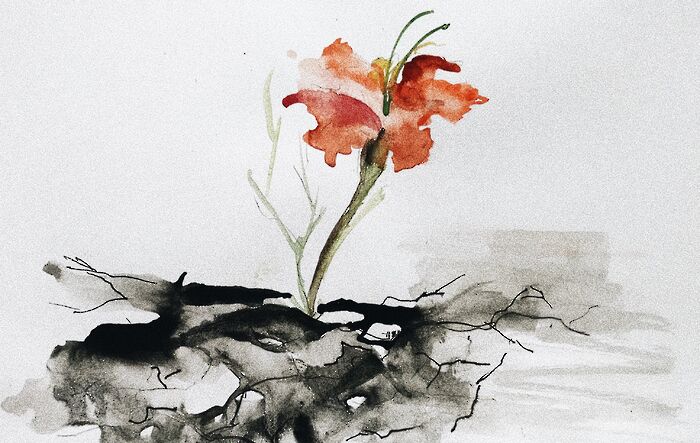Clarence Bicknell’s floral world
Georgie Kemsley-Pein navigates the life and diverse work of an eclectic 19th Century polymath featured at the Fitzwilliam Museum
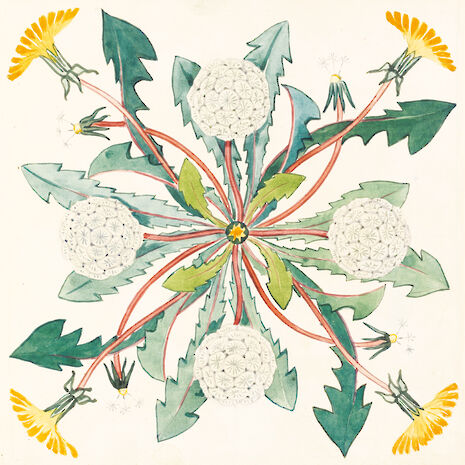
Clarence Bicknell – artist, archaeologist, botanist, ex-Trinitarian mathematician and endorser of Zamenhof’s Esperanto – is a figure who is experiencing significant reappraisal in Cambridge. Two current exhibitions mark the centenary of his death: Floral Fantasies at the Fitzwilliam Museum, and A Botanical Watercolourist at Trinity: Clarence Bicknell at the college’s Wren Library.
Individuals as idiosyncratic as Clarence Bicknell encourage us to reconsider our ‘canons’ of art
As I speak with his great grandson, Marcus Bicknell, I am led around the Fitzwilliam Museum’s show, as Clarence’s work is aligned alongside paintings by Gerard van Spaendonck and Pierre-Joseph Redouté. Bicknell’s work, all in watercolour and not represented en masse, is placed around works of other European botanists, including the Victorian designs of Walter Crane: an Arts and Crafts figure who appeared to influence Clarence’s sense of decoration and colour in his book designs.
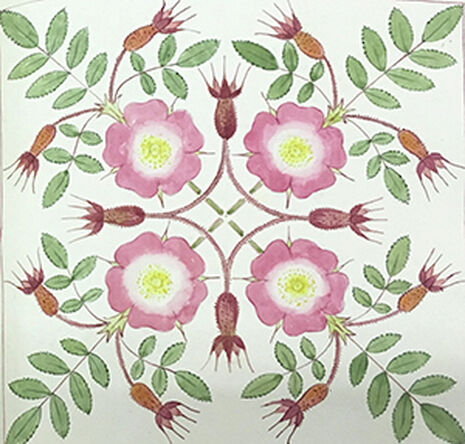
Born in Herne Hill in 1842, Clarence Bicknell was the youngest of thirteen and a bachelor his entire life. His father was a prosperous businessman, being a merchant of refined sperm oil, and an avid collector of William Turner’s watercolour drawings. After studying mathematics at Trinity in 1862 – a profession which Marcus Bicknell claims was perhaps a rebellion against his father’s strong Unitarianism – Bicknell proceeded to forsake mathematics and join the Church of England as a preacher in first Walworth and then Shropshire for the next thirteen years of adulthood.
Bicknell’s botanical drawings, generated throughout his life, encapsulate polarities
But soon Bicknell’s religious queries set in and he left to travel, arriving in Bordighera in 1878: still attached to the church but removed from its stoic customs. This he was able to do due to his father’s notable art sale at Sotheby’s, amassing millions. Clarence abandoned his position as chaplain within a year at Bordighera, although he continued to pursue social work, and it is from this moment that he began to seriously pursue botany, painting and – that which he is most notable for – his archaeological observations of pre-historic rock drawings in the Italian countryside.
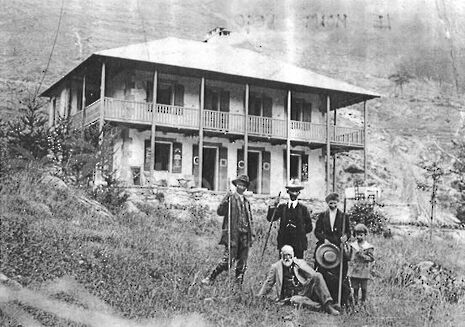
Bicknell’s botanical drawings, generated throughout his life, encapsulate polarities. The work on show at the Fitzwilliam manifests seemingly contradictory elements: both the mind of a botanist which revels in a scientifising aesthetic on the one hand, and an imaginative, enterprising streak which adheres to no such formulas.
Bicknell decorated and inscribed his house with drawings of flowers relevant to each room
Works such as The Triumph of the Dandelion (1914) take on this latter quality, bearing affinities to the eccentric style of Lewis Carroll, as it lauds the properties of Bicknell’s favourite wildflower. Executed in watercolour in a vellum sketchbook, it is a book which merges story-telling, poetry and painting in a manuscript-like compendium. It was also a gift to his friend, Margaret Berry, who would provide him with empty drawing albums each year from the late 1890s, which he would gradually fill and give back to her. Rhyming couplets accompany the floral motifs and, in this way, it reveals fantasy merged with a supreme interest in nature and the natural world. The Triumph of the Dandelion appears to take Crane’s Flora’s Feast and A Floral Fantasy in an Old English Garden as a starting point, merging text and illustration to construct child-like ensembles.
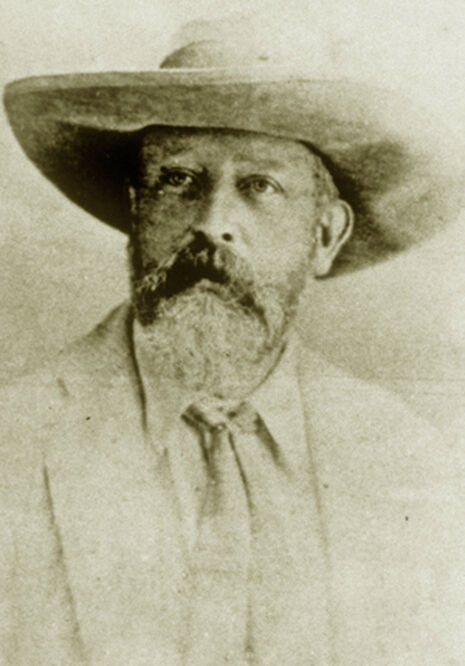
An earlier sketchbook on display alongside The Triumph of the Dandelion is less eccentric. In the Wild Flowers of Fontanalba (1908) Bicknell moves away from stringent botanical accuracy, but drawings like Rosa Pendulina are decorative and symmetrical. Marcus and his wife Susie suggest Bicknell may have used mathematical instruments in the creation of such drawings, referring to the “kaleidoscopic effect”.
Marcus hints at some form of memory loss in Clarence, explaining why he began to abandon principles of mathematics and empiricism and began to dabble with fantasy and invention. Bicknell’s Arts and Crafts “masterpiece”, his Casa Fontanalba up in the mountains of Bordighera, symbolises such eccentricity. As the Fitzwilliam exhibition notes, Bicknell decorated and inscribed his house with drawings of flowers relevant to each room; the cook’s room, for example, was adorned with illustrations of raspberries, gooseberries, strawberries and wild spinach. Inscriptions in Esperanto also feature on the walls, and the names of all his guests who stayed were recorded by Bicknell himself over the house.
Individuals as idiosyncratic as Clarence Bicknell encourage us to reconsider our so-called ‘canons’ of art; whilst a figure on the periphery of British culture in many ways, Bicknell was massively influential in his own town in Italy. He has since had a biography, biopic and museum dedicated to him, and Bicknell-designed merchandise (wrapping paper and cards) can be found in bounty at the Fitzwilliam’s gift shop. Possessing catholic interests, as Marcus’ Bicknell’s foundation aims to reveal, Clarence followed his own philanthropic, artistic and archaeological passions, as he amalgamated elements of science and creativity – seemingly antithetical in his own life at university - to merge recreation, fantasy and empirical observation in an eclectic manner.
 Features / Should I stay or should I go? Cambridge students and alumni reflect on how their memories stay with them15 December 2025
Features / Should I stay or should I go? Cambridge students and alumni reflect on how their memories stay with them15 December 2025 News / Dons warn PM about Vet School closure16 December 2025
News / Dons warn PM about Vet School closure16 December 2025 News / Cambridge study finds students learn better with notes than AI13 December 2025
News / Cambridge study finds students learn better with notes than AI13 December 2025 News / News In Brief: Michaelmas marriages, monogamous mammals, and messaging manipulation15 December 2025
News / News In Brief: Michaelmas marriages, monogamous mammals, and messaging manipulation15 December 2025 Comment / The magic of an eight-week term15 December 2025
Comment / The magic of an eight-week term15 December 2025

